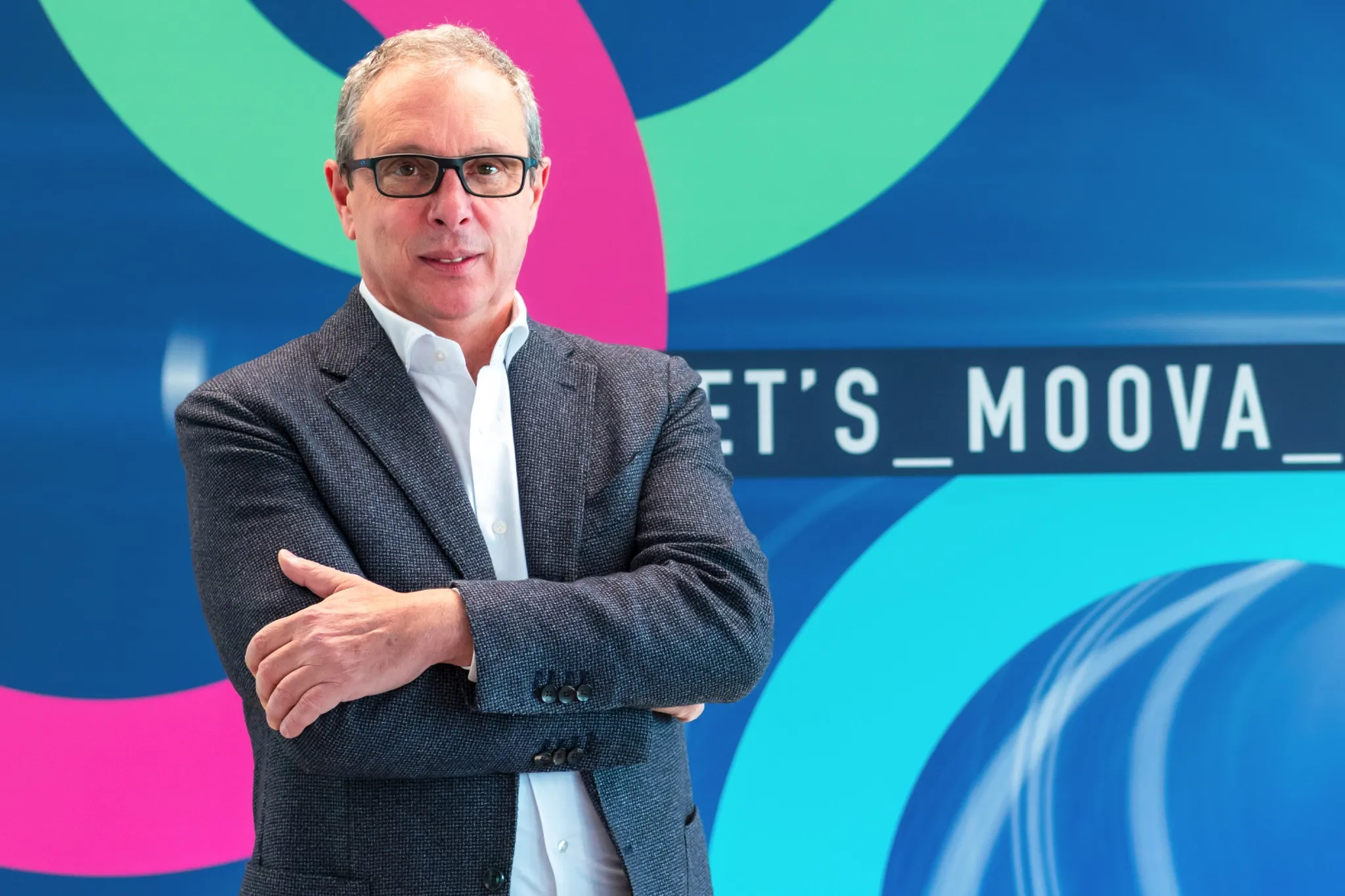Arcadis Australia Pacific has launched a new mobility orientated development (MODe) business line and appointed transport and development expert Kevin Brake to lead it.
According to Arcadis, MODe is a modern and holistic approach to planning transport infrastructure that factors how to best integrate transport into an area to create a community-focused precinct that achieves the highest possible community benefit and value from transit investment. The company has already used its bespoke MODeX tool on
October 25, 2016
Read time: 2 mins
According to Arcadis, MODe is a modern and holistic approach to planning transport infrastructure that factors how to best integrate transport into an area to create a community-focused precinct that achieves the highest possible community benefit and value from transit investment. The company has already used its bespoke MODeX tool on projects such as London King’s Cross St Pancras station and Crossrail in the UK.
Brake has significant experience both in public and private sectors developing transit-orientated projects with a strong focus on sustainable infrastructure and using value capture as a funding model.
Speaking on his appointment Brake said: “MODe is an experiential approach to infrastructure planning. It takes the infrastructure as the foundation and builds upon it to create a space that will drive community engagement, which then provides greater investment return. It’s about driving better value capture and creating more from the assets you own.”









